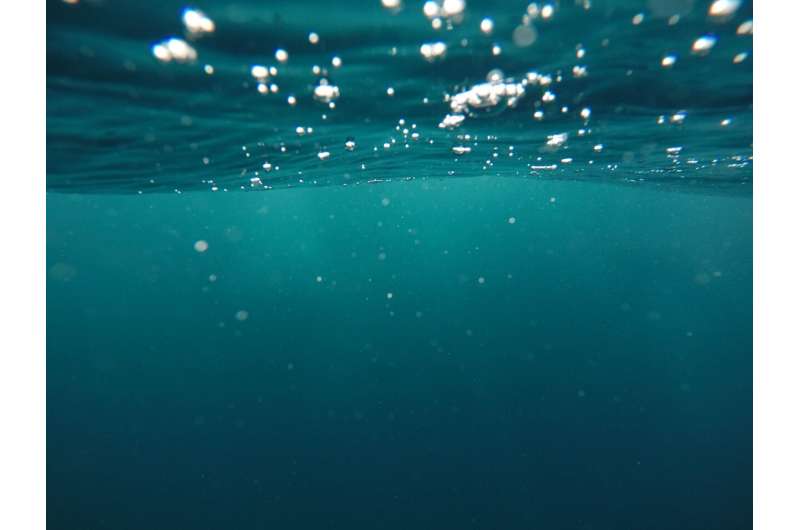
'We'll never be done': The growing challenge to remove thousands of car tires from ocean floor
Officials for years have been cleaning up tire after tire from the ocean floor off Broward County—removing what was once meant to create a fish habitat but turned out to be an environmental mess. Hundreds of thousands of tires so far have been pulled out. And as more of them are taken away, the...
JUNE 7, 2023
by Lisa J. Huriash

Credit: Unsplash/CC0 Public Domain
Officials for years have been cleaning up tire after tire from the ocean floor off Broward County—removing what was once meant to create a fish habitat but turned out to be an environmental mess. Hundreds of thousands of tires so far have been pulled out. And as more of them are taken away, the work grows more challenging.
The cleanup was easy when the "diver just had to tie them up and send them up," said Pat Quinn, a biologist for Broward County who is supervising the tire removal work. But now, the remaining tires are partially or fully buried in the sand. That makes them heavy to pull out because of the suction. Equipment would be needed to lug some tires to shore, and with that, comes the higher cost.
"We'll never be done," he admits.
Still, could the cleanup effort be nearing its end? State officials say it's time to look at what could come next.
Aiming to create a fish destination
During the 1970s, old tires were placed off the coast of Broward County between two coral reefs in an effort to create additional fish habitat known as the Osborne Reef. The exact number of tires originally dumped is unknown: the Department of Environmental Protection say it could be as many as two million."Frankly nobody knows," Quinn said.
The idea was that the tires' hard surfaces would attract marine life. But they didn't. The middle reef was smothered by random tires so that that almost nothing could grow underneath. And when the ropes binding the tires snapped apart, the tires whipped up in the current crashed into natural reef ecosystems. A Washington, D.C.-based oceanographic engineering research consultant told the Fort Lauderdale News in 1972 that the tires were an excellent choice because they don't biodegrade. A University of Hawaii diver who was involved in the project told the Fort Lauderdale News in 1979 that the tires were sunk in bundles of 10 or 12 and the bands used to hold them were supposed to break after being underwater, allowing the tires to fan out.
Today the path of tires covers about 34 acres of the ocean floor.
But the environmental error and visual eyesore was costly, and with the effort eventually viewed by experts as harmful and catastrophic, the cleanup began in 2007, with the U.S. Army tackling the cleanup first as the lead, with assistance.
A rising cost
The price of fixing a mistake is increasing. For the last five years, tire removal work was being conducted for $18.75 per tire. Since February, the new cleanup is $29.50 a tire, in a contract that expires on Feb. 16, 2028."The increase in cost is due to the increased level of effort needed to remove the remaining tires as they are no longer in close proximity to one another so additional time and divers are needed to retrieve the tires," according to a state DEP spokesperson.
How many tires have been removed is still unclear: The state DEP estimates more than 677,000 tires have been removed, although county estimates place that figure at about 439,000 using data from the retrieval company.
And how many are left? "We don't really know," Quinn said.
He harbors no resentment over the environmental error. "People thought they were doing the right thing. They just didn't know it wasn't going to work very well."
These days, it's hard to go diving without still finding a tire, Quinn said.
Now, "the area is not recognizable," he said. "There are still a lot of tires … but not piled all over the place."
Rep. Chip LaMarca, R-Lighthouse Point, was a sponsor of a bill this session signed into law by the governor that requires the DEP to submit a status report on the reef cleanup and tire removal project, and to develop a new reef restoration plan.
"We really want to make sure we have an accurate status," LaMarca said, and set aside money for a new artificial reef. The next one could be "made up of concrete or 3D printed, something that is sustainable" that won't cause damage.
The goal, he said, is to induce growth of marine life. He hopes the reports will be submitted by mid-2024.